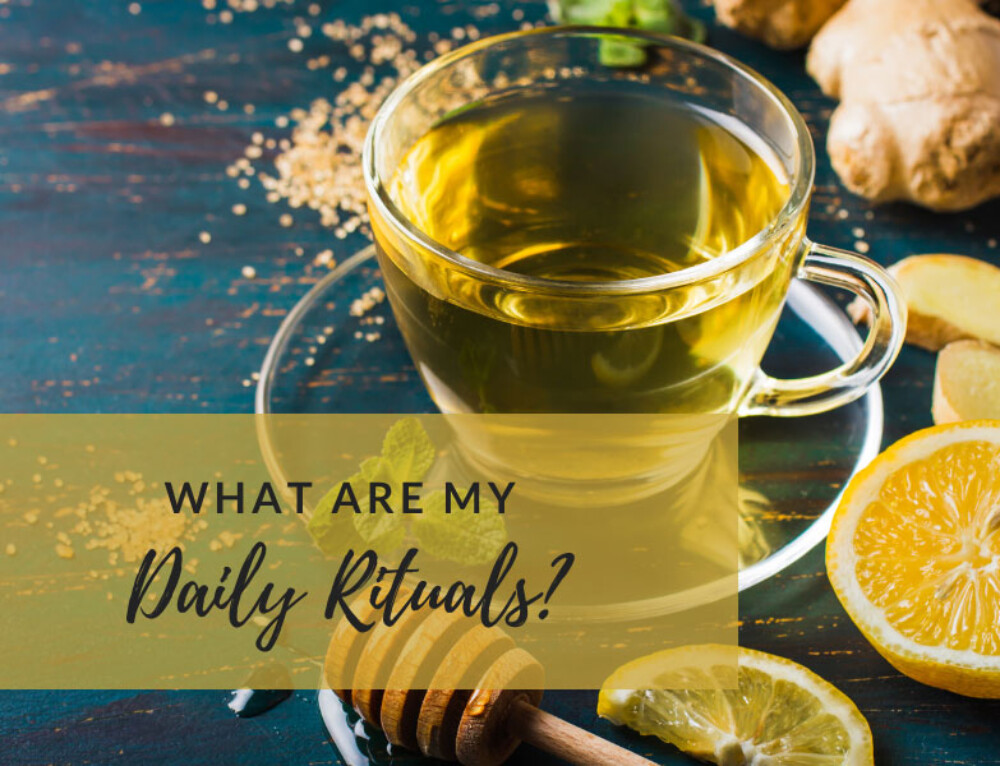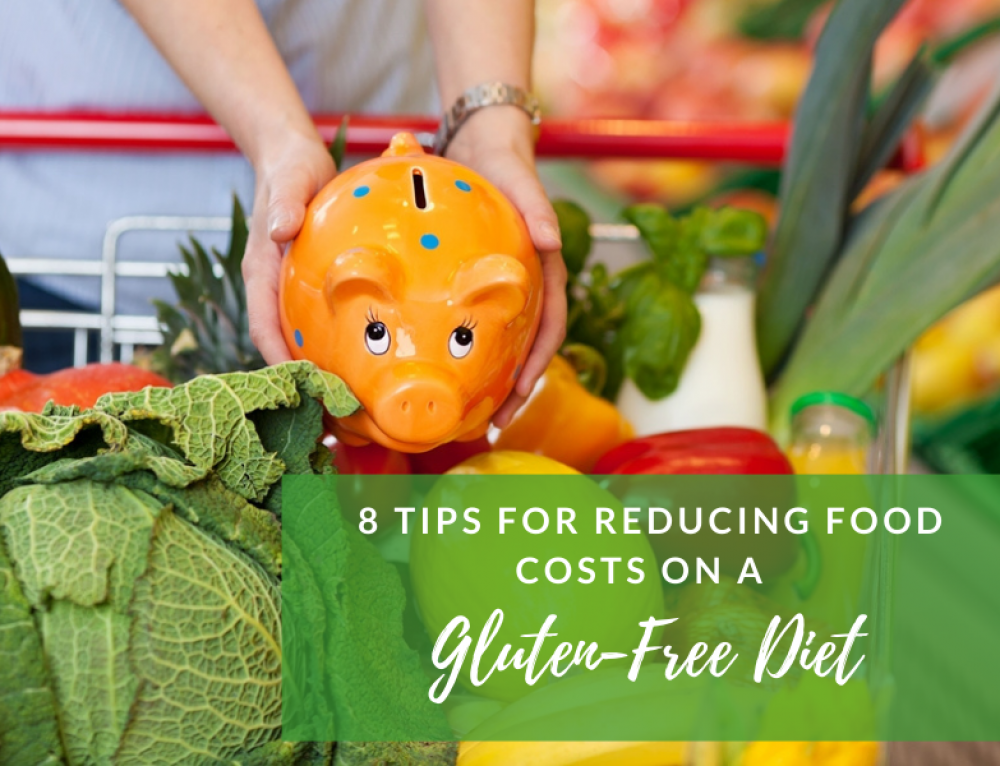Beginners Guide to Lentils
I received an email a couple of weeks ago from a lovely lady who asked if I could do a feature on lentils, she had just started adding them into her diet and was finding it a bit of minefield with the different options available! What is best, dried or canned? What colour should I use? How do you use them in cooking? Which is more nutritional?
If you’ve been wondering the same thing, then this article is a must read.
I think I probably started using lentils when I learnt how to cook Indian food several years ago. I’ve spent 2 months in India and the food was one of the best parts, the spices, the textures, to die for! But I also had an Indian friend who used to live in NZ where she taught me how to cook Indian and I taught her how to bake. If you’ve ever stepped inside an Indian store, you’ll know they’re huge on lentils!
But I’ll keep this pretty simple as to not overwhelm you.
What is a lentil?
 A lentil is a small, flat, round edible seed. It’s a member of the bean and pulse (legume) family, but is one of the quicker cooking members.
A lentil is a small, flat, round edible seed. It’s a member of the bean and pulse (legume) family, but is one of the quicker cooking members.
Lentils can either be bought dried or canned but dried, they can’t be eaten raw, they need to be cooked.
Which variety is more nutritional?
The variety in lentils exists mostly among their colour, size, shape, and flavour — nutritional content remains fairly consistent across the different lentil varieties. They are fantastic for their long shelf life, low cost, and excellent nutritional content.
They are low in fat and high in protein and fibre. Not only do lentils help lower cholesterol, they are beneficial in managing blood-sugar levels since their high fibre content prevents your blood sugars from rising rapidly after a meal, therefore giving you sustained energy.
Dried or canned?
Dried are cheaper and perfect to have on hand to feed a crowd. They can be stored for up to a year in an airtight container.
Canned on the other hand are more convenient as they’re instantly ready, but often have added sugar and salt. Make sure you rinse in a sieve before using them, which can remove up to 60% of the salt.
You can buy dried lentils with the skin (‘seed coat’) on, or with the seed coat removed, or with it removed and split in half. These are termed ‘split lentils.’ Split lentils are best used when you want lentils to quickly cook down to a purée; whole lentils with the seed coat on are useful when you want lentils to retain their shape, such as in soups and salads (generally green lentils).
How do you cook them?
Before cooking, always rinse lentils under cold water and pick out any stones. You don’t need to soak them, unlike beans and chickpeas, but they cook more slowly if they’re combined with salt or acidic ingredients like vinegar, wine, tomatoes or lemon juice, so add these last.
Not only are lentils a fantastic way to add nutritional value to your dish, but they’re perfect to bulk up a meal, therefore needing a smaller portion of meat. If you’re using canned, once rinsed you can just add them to a dish with no extra liquid required. Add to a lasagne, nacho/taco mixture, quesadillas, casseroles, soups and salads. If you’re adding them dried, you will need to add extra liquid and cook them for longer (see below).
What are the most common varieties? 
Brown Lentils – This is by far the most common variety, and probably the one that you find at the supermarket. They can range in colour from khaki-brown to dark black, and generally have a mild earthy flavour. They cook in about 20-30 minutes and hold their shape very well but left cooking, they will turn to mush.
Green Lentils – These can be pale or mottled green-brown in colour with a glossy exterior. Green lentils generally take the longest to cook, upwards of 45 minutes, but they keep a firm texture even after cooking. This makes them ideal for salads and other dishes that you need to hold their shape. Also can be called Puy lentils or French Green lentils.
Red Lentils – With colours ranging from gold to orange to actual red, these are the sweetest and nuttiest of the lentils. They’re in the middle in terms of cooking time and are usually done in about 20-30 minutes. They tend to get mushy when cooked through, so they’re perfect for Indian dahls and other curries or purees. You’ll often find them at the supermarket or Indian stores labelled as masoor (red lentils) or channa (yellow lentils).
What is the conversion from dried to cooked?
As a rule of thumb, 75g of uncooked lentils = approximately 1 cup cooked.
If using dried, how much extra liquid is required?
As a simple guide, if you’re replacing dried lentils in a recipe for canned (or just adding them in), for every ½ c, add an additional 1 ½ – 2 cups of liquid.
Here’s a simple but hearty soup recipe, Black Bean, Lentil & Chilli Soup using brown lentils to get you started.
I’d love to know what your favourite way of adding lentils to your diet is? Please comment below.








Lentil fudge……. i think i got the receipe off you for black bean fudge but prefer using lentils by far.
Thanks really good to know Toni as I haven’t tried it with lentils. I must do!
If lentils are so healthy It’s a bit confusing why Paleo diets don’t eat beans. Any comments why they don’t eat in the paleo diet?
Thanks Kate Fowler, I’m so sorry but I don’t follow a paleo diet so I’m not entirely sure why they wouldn’t approve eating beans… it might be worth googling it.
Hi I’m a student from India. I’m trying to shift to a plant based diet. Do you by any chance know the names of these in Indian cause it’s hard for me to explain or tell. Since you’ve had the experience it’d be great if you could share that. Thank you . This article is gold.
I’m so sorry, I don’t know the names of the different lentils in Indian. My apologies. I only know that green lentils might be called puy lentils with you. Good luck.